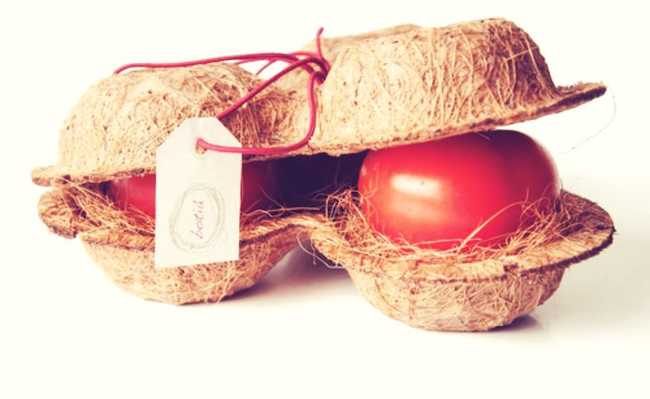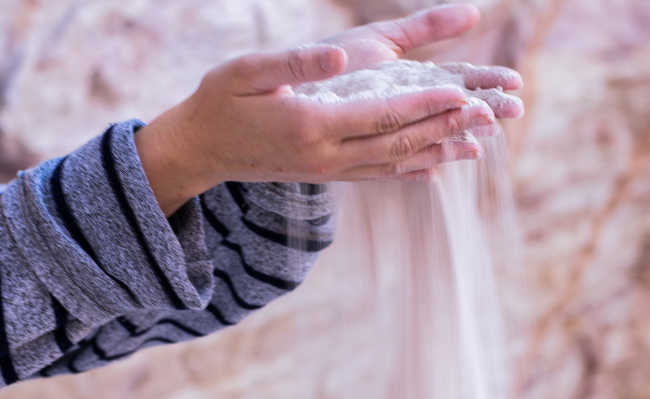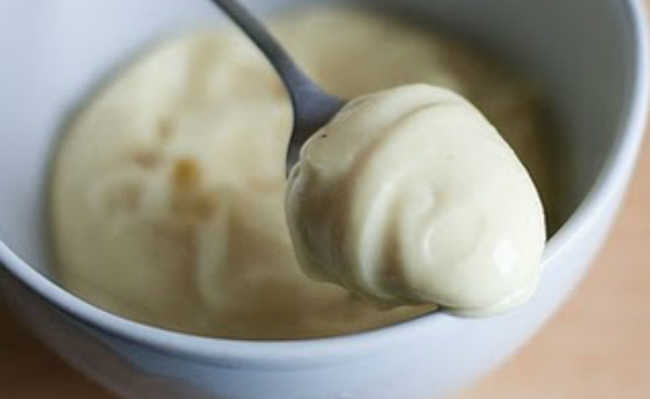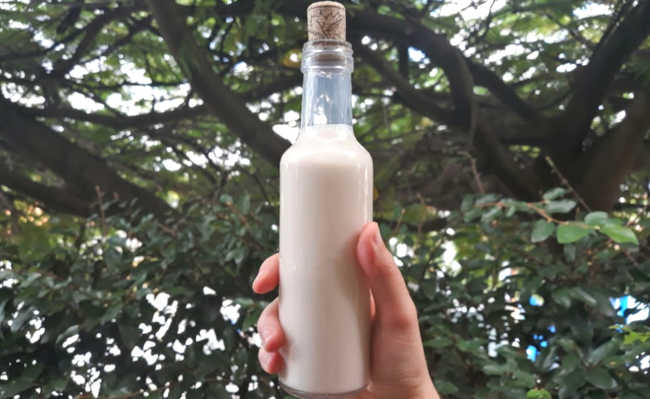What is the horsetail tea for
Horsetail tea has been used since ancient Greece as a natural diuretic.
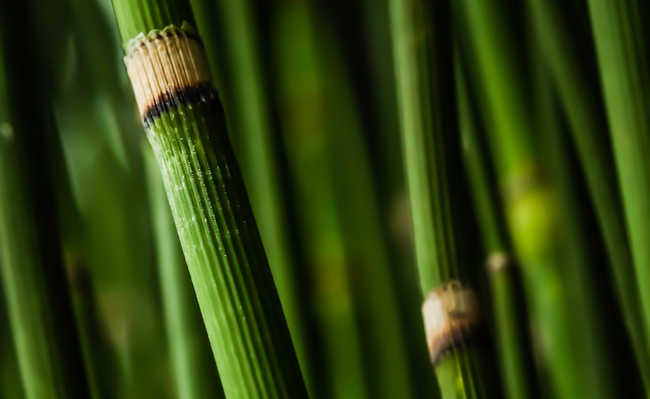
Edited and resized image by Alesah Villalon is available on Unsplash
Horsetail tea is a drink prepared from the scientific name plant Arable Equisetum. This herbaceous is native to the arctic and temperate regions of the northern hemisphere and has been used since ancient Greece by people with fluid retention as a natural diuretic.
Horsetail, also popularly called the equiseto and the lesser equiseto, is descended from a much larger plant that originated three hundred million years ago. Today, it grows in Europe, North America and Canada. Its tube-shaped stems and scale-shaped leaves make it look like a cross between a bamboo and a fern.
what is it for
Apparently, horsetail is capable of promoting a reaction in the human body that increases urine production. Researchers still don't know exactly how or why it has this effect. But a study comparing a common diuretic - hydrochlorothiazide - with horsetail concluded that both had diuretic effects without causing excessive loss of electrolytes.
In addition to being used for its diuretic effect, horsetail is used in skin care, nail care, wound healing, osteoporosis and bone repair. Some researchers hypothesize that its possible health benefits may be due to the presence of a mineral called silica, which helps the human body store the calcium needed to build strong bones, nails and hair.
The active principles of horsetail are saponins, flavonoids, tannins, alkaloids, various acids, resins, vitamin C, lignans and various mineral salts, including potassium, calcium, phosphorus, silicic acid and water-soluble compounds derived from silicon. The parts used are the stalks, which can be harvested in late summer and used in decoctions (for gargles, baths and compresses.
- Rosehip Oil Has Proven Benefits
- What is vitamin C and why is it important?
- Flavonoids: what they are and what are their benefits
- Nine Calcium-Rich Foods That Are Not Dairy
Uses
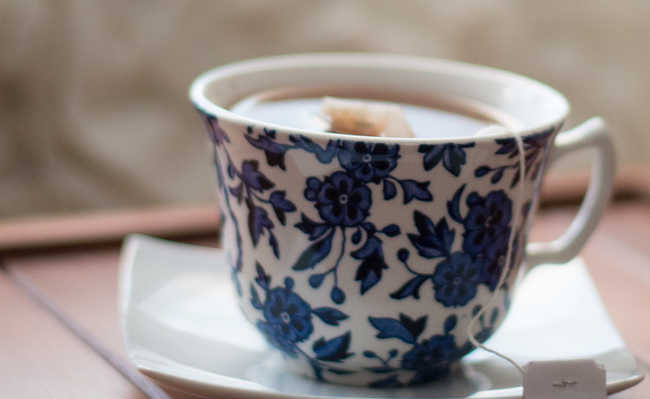
Edited and resized image of Morgan Sessions is available on Unsplash
In the form of tea, it is recommended to make the Infusion or decoction of the stems at 5% (50 grams of horsetail per liter of water) and consume between three and four cups a day. In case of hemorrhoids, it is recommended to use 200 mg suppository. As a tincture, at the rate of 30 grams of horsetail per 500 ml of grain alcohol, ingesting up to one tablespoon a day or for topical use.
- Hemorrhoids: what it is, causes, symptoms and how to treat
The dry extract can be consumed between 200 to 500 milligrams per day; and powder one to two grams before each meal. When a diuretic activity is intended, the preparation temperature must be lower (including in the preparation of extracts), due to the presence of thermolabile substances; Other uses: Dry stalks can be used to polish tin, silver and wood; Its powder was also used by booksellers to conserve pages of old books; Also used in organic agriculture as an aid to pest control in vegetable gardens and orchards.
Usage time
For topical use it is possible to use horsetail for as long as necessary. For internal use, it is advisable to avoid continuous and prolonged use.
Side effects
Horsetail tea or other forms of use may have side effects such as motor coordination problems, weight loss, hypothermia, diarrhea, headache, anorexia and dysphagia. In addition, horsetail may have drug interactions with anticoagulants, other diuretics, antihypertensives, calcium and tannins.
It is contraindicated in pregnancy and lactation.




